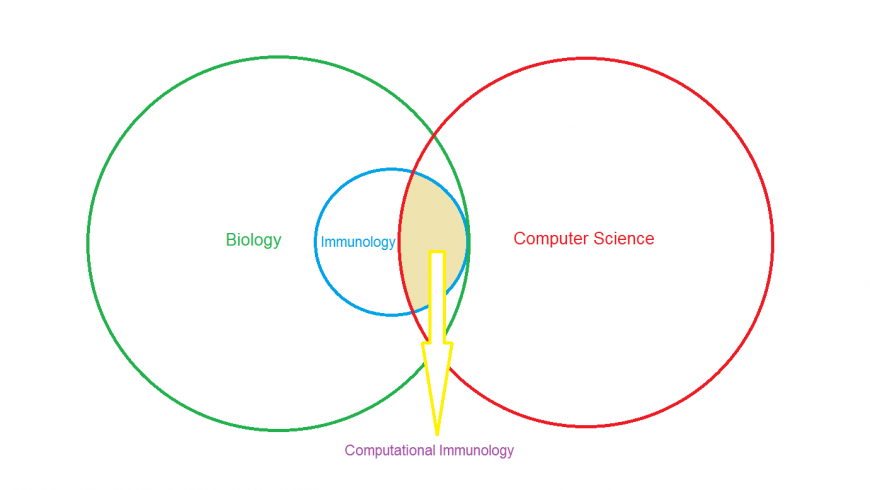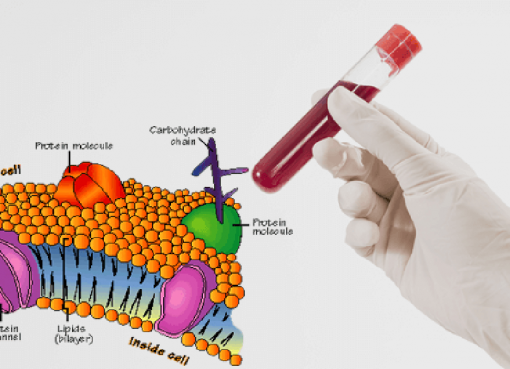Dr. Anindita Sarma and Dr. Mrinmoy Choudhury
M.V.Sc Scholars
Department of Animal Biotechnology
College of Veterinary Science, AAU, Khanapara, Guwahati- 781022
Email id: bonnie2311sarma@gmail.com, mrinmoych02@gmail.com
Introduction
The immune system in our body can be referred to as the dynamic network of cells, molecules and pathways involved in recognition and destruction of foreign invaders. Immunity is the state of protection from a particular infectious disease. The word immunity is derived from “immunis”, which means exempt. The immune system helps to identify and destroy pathogens and foreign objects that enter the body. It uses various mechanisms to destroy the pathogens. The immune system is functionally and structurally diverse, and it may vary from individual to individual. In order to know and learn more about the immune system and its mechanism, immunologists have been using experimental techniques that generate high results of clinical and epidemiological data. Immunologists have been utilizing the help of software and immunology-focused resources, and because of which a new concept has risen called Immunoinformatics. The immunoinformatics research includes broad areas of learning host-pathogen interactions, virulence gene detection, B- cell and T-cell epitope prediction, allergy prediction, in-silico vaccine production, design and engineering of immune therapeutics and diagnostics, immunomic database design and immune system response modelling, and simulation of laboratory experiments. With the help of various bioinformatics tools, immunoinformatics has been proven to be useful in designing vaccines for new diseases or to produce new generation vaccines. Immunoinformatics includes the study and design of algorithms for mapping potential B- and T-cell epitopes, which save both time and cost for laboratory analysis of pathogenic genes and their products. With the help of this concept, an immunologist can identify and detect the potential binding sites which can lead to the development of new vaccines. This methodology is termed as ‘reverse vaccinology’ and it helps to analyse the genome of a pathogen to identify potential antigenic proteins. This article will mention a few databases used in immunoinformatics as well as their applications.
Datatypes and databases
- Experimental data: Due to advancement in molecular biology techniques, it has become easier to detect the structure and function of immune genes and their products. Various immunological techniques are used every day in laboratories to detect the function of the intended immune gene, such as, affinity chromatography, flow cytometry, radioimmunoassay, enzyme-linked immunosorbent assay (ELISA), competitive inhibition assay, complement fixation test, etc. These immunological techniques help immunologists to understand the underlying mechanism of an immune system and its responses to various infections, diseases and drug administration. It also helps to identify B- cell and T-cell epitopes and help in diagnosis of diseases.
- Immunomic microarray technology and analysis: It includes dissociable antibody
microarray, serum microarray and serological analysis of a complementary DNA expression library (SEREX). An antibody microarray consists of antibody probes
and antigen targets, and it helps to measure concentration of antigen for a specific antibody probe. Microarray technology is utilized for selection of proteins from genomic sequences. It is being applied in autoimmune disease diagnosis and treatment, allergy prediction, T-cell and B-cell epitope mapping and vaccination. - B-cell epitope databases: B-cell epitopes are antigenic determinants on the surface
of pathogens that interact with B-cell receptors. The B- cell epitopes are 90 percent conformational or discontinuous, and they can produce implicit structural information related to antigen and binding mode. CED, BCIPEP, EPITOME and IEDB are some of the databases to detect the B- cell epitopes. BCIPEP provides comprehensive information about experimentally verified B-cell epitopes and it is also used as a tool for mapping these epitopes on an antigen sequence. - T-cell epitope databases: The functional T-cell response always requires MHC – peptide binding and a proper interaction of the MHC – peptide ligand with specific T-cell receptors. If the T- cell epitopes are detected, it may prove to be helpful in proper vaccine designing. JENPEP, IEDB, FRED, etc. are some of the databases used for mapping these receptors. FRED is useful in dealing with the methods of data processing, and it also helps in comparing the performance of prediction methods by considering the experimental results.
- Allergy prediction databases: Allergens are proteins or glycoproteins recognized by
immunoglobulin E (IgE), which is produced by the immune system in allergic individuals. Online allergen databases and allergy prediction tools are being used to find cross-reaction between known allergens that might be produced after a hypersensitivity reaction occurring after administration of drugs or vaccine. ALLERGEN PRO database contains information about 2434 allergens. The Real-Time Monitoring of IgE sensitization module (ReTiME) enables uploading of raw data observed from both in-vivo and in-vitro This is the first attempt where information technology has been helpful in allergy data mining. - PERUN: It was developed by Brusic and his co-workers. It is a hybrid method to predict MCH class II binding peptide. It utilizes observed experimental data and expert knowledge of binding motifs, evolutionary algorithms and ANN.
- Structure-based prediction: Peptide-MHC binding data are necessary to find T-cell epitopes. Bian and Hammer developed a tool called TEPITOPE, which helps to predict allele-specific HLA-II restricted T-cell epitopes in silico. It helps to detect and compare similar HLA-II which differs in their binding capacity for a given peptide sequence.
Application of Immunoinformatics
- In silico vaccination: Immunoinformatics helps to analyse the entire genome of a pathogen to identify potentially antigenic extracellular proteins for vaccine production. Immunoinformatic tools have been used successfully for designing vaccines for Neisseria meningitides, which causes sepsis and meningococcal meningitidis.
- Microarray technique for vaccine design: With the help of microarray technique, it becomes easy to screen genes of various pathogens in different growth rates and conditions for vaccine design. It helps to reduce the number of genes useful for vaccine development in a given genome.
- Immune system modelling: Immune system modelling provides an integrated view of the immune system. It plays an important role in providing ideas about the dose composition, drug dosage duration, age of the patient and other parameters. These models help to test and detect the antigen–antibody interactions and immune responses for a particular antigen, either after drug administration or for testing a vaccine. SIMISYS 0.3 is an example of a software which helps in modelling and simulating the innate and adaptive components of the immune system, based on computational framework of cellular automata. It simulates both the healthy and disease conditions with the method of interpreting interactions among the cells, macrophages, dendritic cells, B-cells, T-helper cells and pathogenic bacteria.
Conclusion
Immunoinformatics and its data and tools help to reduce time and cost during interpretation of immunological results. It is the medium between experimental and computational results, and it helps to predict epitopes of B-cells and T-cells more efficiently. It can give novel suggestions about the immune system functioning and the mechanism of action of drugs to treat certain diseases. It may also lead to the invention of drugs that can be used to treat a disease in a more effective way and without any side-effects. Immunoinformatics can also help in studying the complex diseases and produce a cure for such diseases. Immunoinformatics may help to provide scientific solutions to certain problems, but these results may be simple assumptions as these results may or may not be exactly similar to the biological events.
References
Gardy, J.L.; Lynn, D.J.; Brinkman, F.S.L. and Hancock, R.E.W. (2009). Enabling a systems biology approach to immunology: focus on innate immunity. Trends Immunol. 30(6): 249–62.
Davies, M.N. and Flower, D.R. (2007). Harnessing bioinformatics to discover new vaccine. Drug Discov. Today. 12: 389–95
Wang Y. (2004) Immunostaining with dissociable antibody microarrays. Proteomics. 4: 20–26.
Sahin, U.; Tureci, O. and Pfreundschuh, M. (1997). Serological identification of human tumor antigens. Curr. Opin. Immunol. 9: 709–16
Saha, S.; Bhasin, M.; Raghava, G.P.S. (2005). Bcipep: a database of B-cell epitopes. BMC Genomics. 6. Doi:10.1186/1471-2164-6-79
Brusic, V.; Rudy, G.; Honeyman, M.; Hammer, J. and Harrison, L. (1998). Prediction of MHC class II binding peptides using an evolutionary and artificial neural network. Bioinformatics. 14: 121–130.
Bian, H. and Hammer, H. (2004). Discovery of promiscuous HLA restricted T cell epitope with TEPITOPE. Methods. 34: 468–75.
Tomar, N. and De, R. (2010). Immunoinformatics: an integrated scenario. Immunology. 131(2): 53-167.




